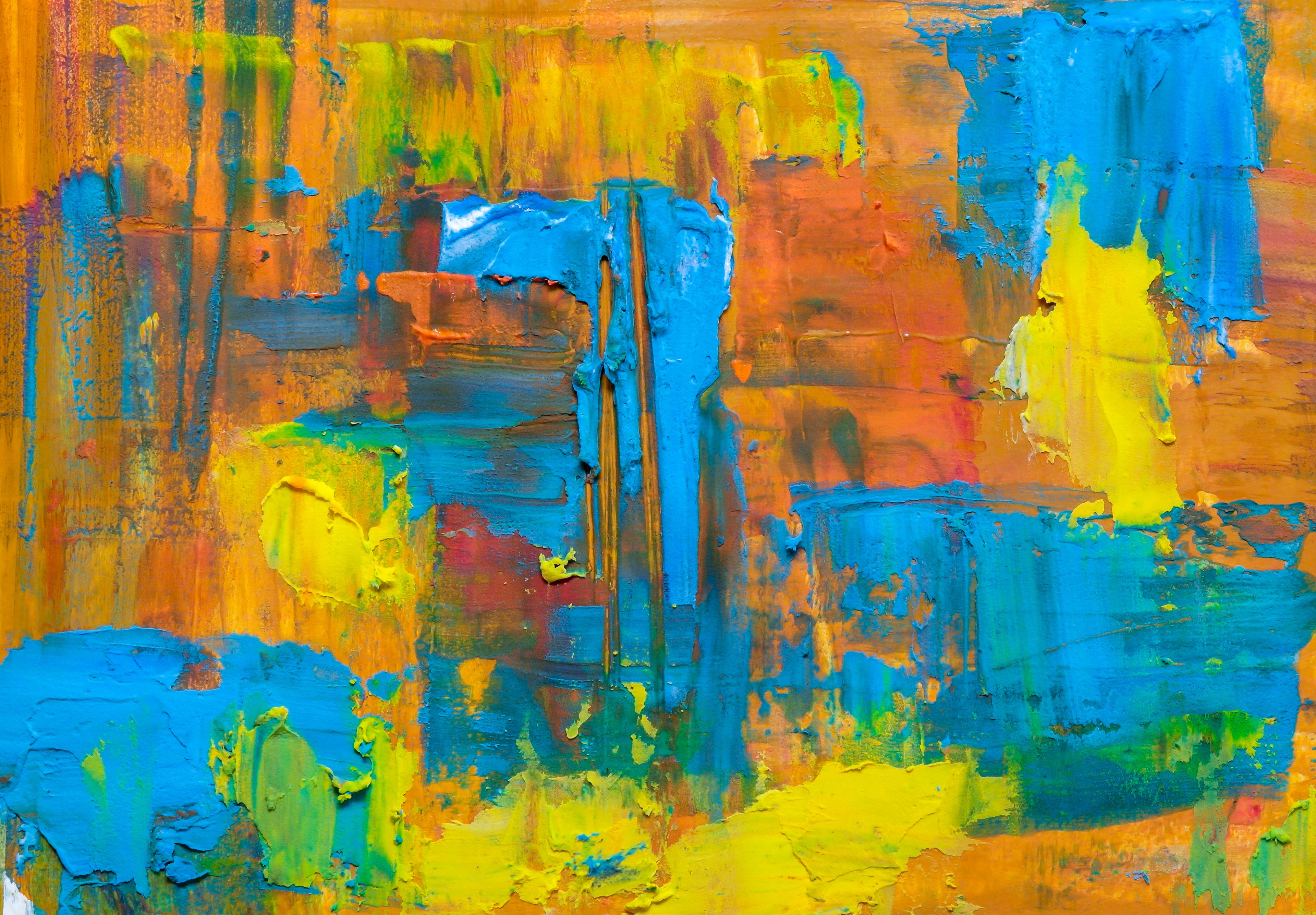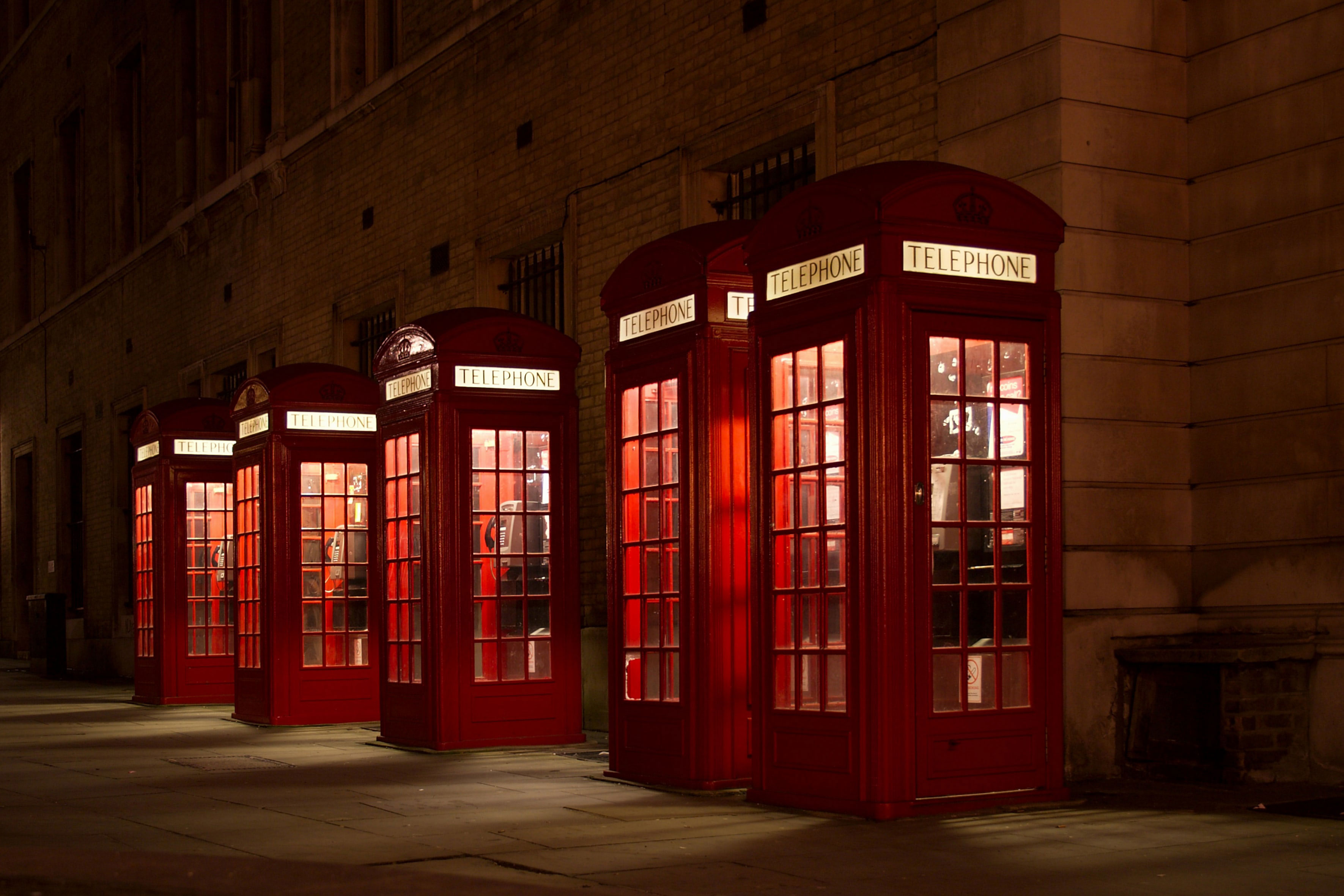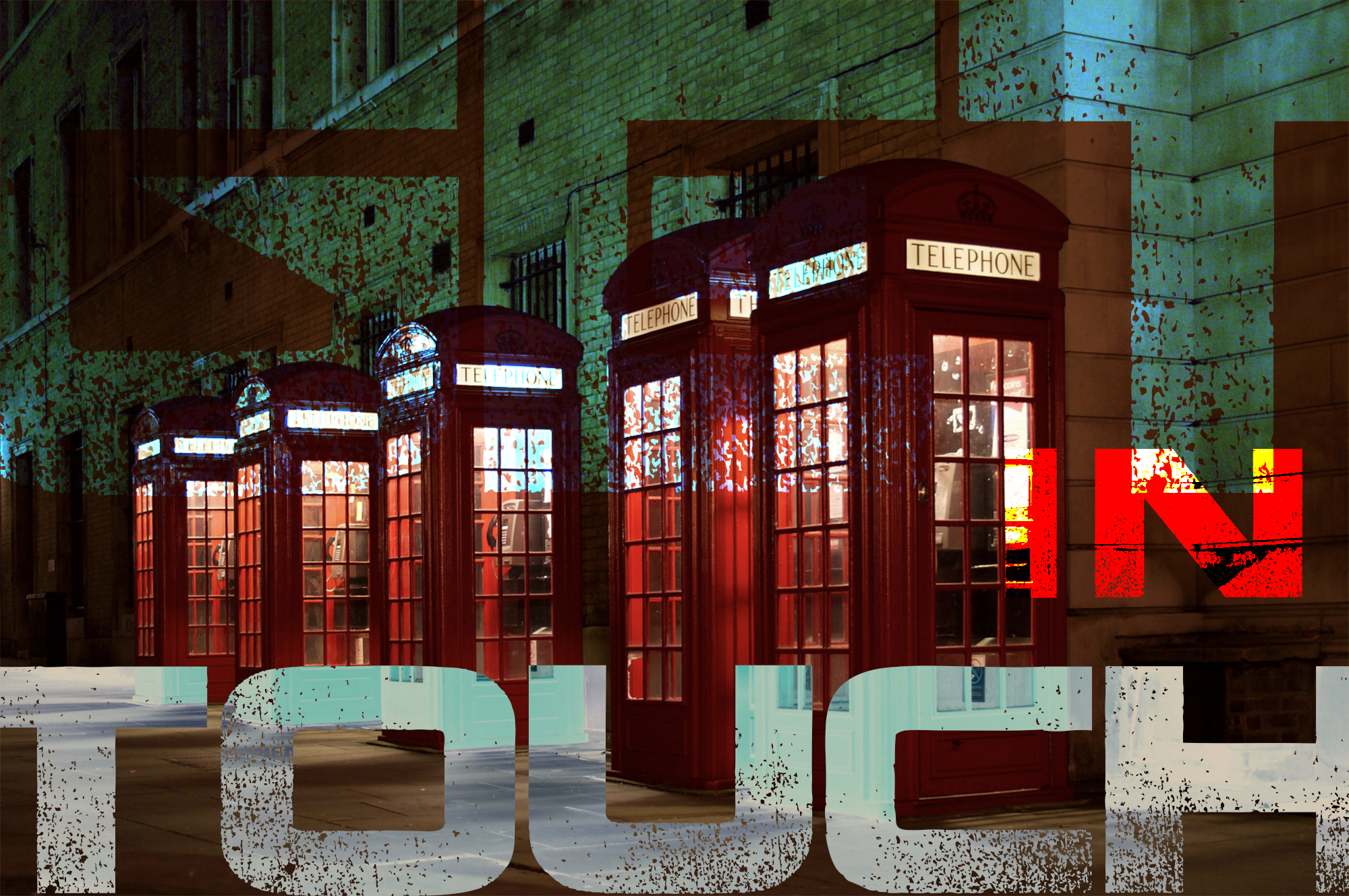A thorough practice of drawing different symmetrical and asymmetrical object. The illusion of perspective. Points to remember while studying perspective. The difference in Eye Level. A method of taking the measurement with the help of a pencil. How to draw a group of still life objects. Understanding shade and light on objects. Pencil shading.
A basic introduction to the theory of colour. An understanding of primary, secondary colours and mixing colours. What are warm colours, what are cool colours, what is a colour wheel ,which is very essential for any beginner. When one understands the difference between high key (the whole image is in colours that are more towards lighter shades) and low key ( where they are in dark tones)schemes . What are monochromatic colour schemes and many such things one needs to understand to use colours to express their moods in their paintings or drawings.
It helps in training the hand and the eye to develop a sense of balance, proportion and rhythm, without the use of geometrical or mechanical instruments. To be able to draw elegant and flowing lines, maintaining its balance and proportions. This shall be done by enlarging a given design be it symmetrical or asymmetrical.

To observe the beautiful nature around us very closely and understand various forms, their growth and their structure. Try and capture that beauty in a picture. Drawing flowers, leaves, shells, butterflies, birds, animals, fish etc. Understanding the changing moods of the sky and thereby its colour.
Studying different leaves, stems and twigs and their structure. Learn to draw the flowers accurately. Colouring of the flower petals, centre and the stem and the leaves.
Understanding the basic principles of design, such as balance, proportion rhythm. Understanding of colour harmony. A composition of geometrical shapes, birds, animals, fish and other forms/ abstract forms to form a design. These designs are both symmetrical and asymmetrical. Practice the outlines of various motifs. Methods of tracing: Reflection tracing, single side tracing to create designs using different shapes.
Textures in design- Creating textures by using different fabrics, finger prints, vegetable prints, paper cutout masks.

Developing the power of imagination and the ability to express an idea pictorially.
Help them retain and recall memory images. To draw a familiar incident from daily life with animate and inanimate objects. To draw human beings in action is of importance since it enables them to express better. Drawing different domestic/ wild animals, birds, vehicles and buildings/ houses.
A self explanatory demo on how to do an abstract painting in acrylic colours.
How to transfer your idea on a canvas. This demo shows you how to use textures and contrast in a painting



